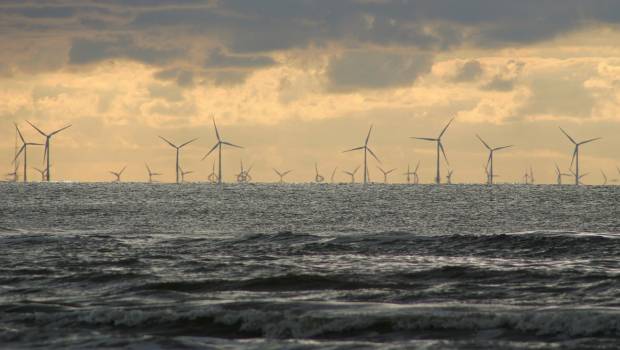Producing renewable hydrogen from seawater … this is the challenge that has been launched Lhyfe and the Centrale Nantes Sem-Rev test site. The partners aim to make renewable hydrogen offshore a reality, by demonstrating the reliability of an offshore electrolyser. The hydrogen production site, located in off the Croisic, will be developed by Lhyfe in collaboration with Chantiers de l’Atlantique.
Concretely, the electrolyser will be installed on the floating platform of GEPS Techno and will be connected to the various sources ofrenewable marine energies (EMR) available at the offshore test site, including the Floatgen floating wind turbine. “The offshore test site in fact meets all the conditions (presence of EMR, severe environmental conditions) to validate the technology for producing hydrogen offshore before considering large-scale industrial deployments by 2024.”, let the partners know.
——————– PUBLICITY ——————–
–
As a reminder, Lhyfe is already testing this type of hydrogen production from seawater through the first site in Europe directly connected to wind turbines, which will produce its first kilograms this summer, in Bouin (Pays Of the loire).
The economic and energy advantage of offshore wind power
The choice of offshore wind power for hydrogen production is not trivial, since “The water needed for the electrolysis process is available in unlimited quantities, and floating wind farms could even operate without being connected to the grid”, specifies Lhyfe in a press release.
Offshore wind also offers the greatest potential for sustainable hydrogen production due to the economic competitiveness that can be achieved through scale factor and technological innovations.
“We are convinced that the path of renewable hydrogen production at sea is a perfectly appropriate solution to the massive deployment of hydrogen that is coming”, Matthieu Guesné, founding president of Lhyfe.
–


